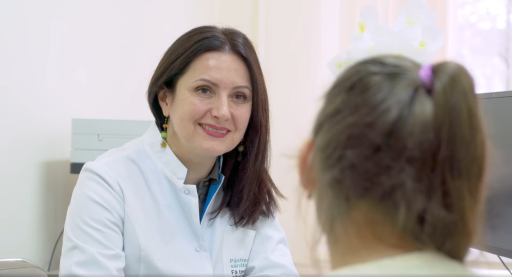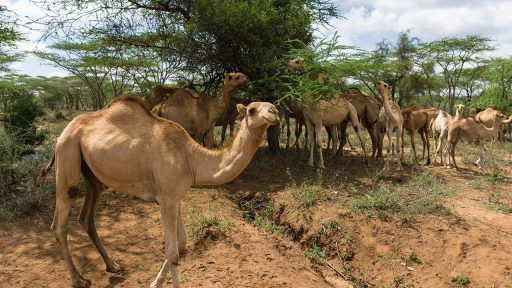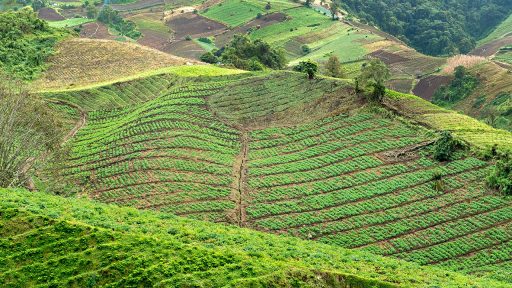With support from Moldova’s research and education network RENAM, a national colposcopy network is using digital tools and telemedicine to transform cervical cancer prevention and saving lives.
A Japanese study reveals that people behave more recklessly when they think avatars, not humans, are judging their actions.
Each year, cervical cancer claims the lives of more than 4,000 Filipino women. A new partnership aims to drastically reduce that toll, using AI-powered screening to catch the disease earlier.
Reliable internet is transforming research, education and healthcare at Kilifi Hospital and other institutions in Kenya thanks to an innovative project led by KENET.
Recurrent fish kill incidents in Filipino lakes are a nuisance and impose heavy costs on local aquaculture operators. Smart buoys are helping to address the problem.
With more than 60,000 patients reached, Chile is setting the pace for telemedicine in Latin America. A new paper from REUNA and RedCLARA showcases Chile’s success and calls for greater regional collaboration to improve healthcare access—especially in remote and underserved areas.
Researchers and students are using FileSender to safely exchange large files.
Already successfully tested in preserving camel milk and mango juice, magnetic refrigeration is emerging as a potential alternative to conventional electrical refrigeration, researchers at Egerton University’s newly established computational lab have found.
In just 8 years, a digital platform has conquered the Finnish higher education system. The EXAM solution allows students to choose when and where they take exams. Currently, 28 Finnish higher education institutions use the system, covering 88% of the country’s higher education students. In 2024, students completed over 350,000 exams using the system.
Satellite-derived humidity indices could help smallholder farmers in Panama reduce climate-related losses. The concept—Cosechas 4.0—was one of eight projects selected for support at InnovaInvest: Copernicus Edition, an event connecting researchers and entrepreneurs with investors to address environmental challenges in Latin America.
Students, academics, and educators can stay connected even while on the move.
This new alliance marks the start of a broader effort to expand digital access and foster collaboration for research and education in the region.













